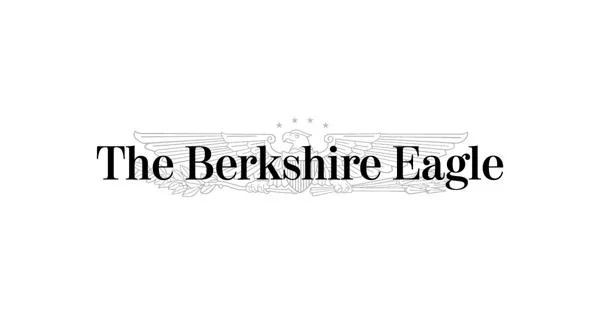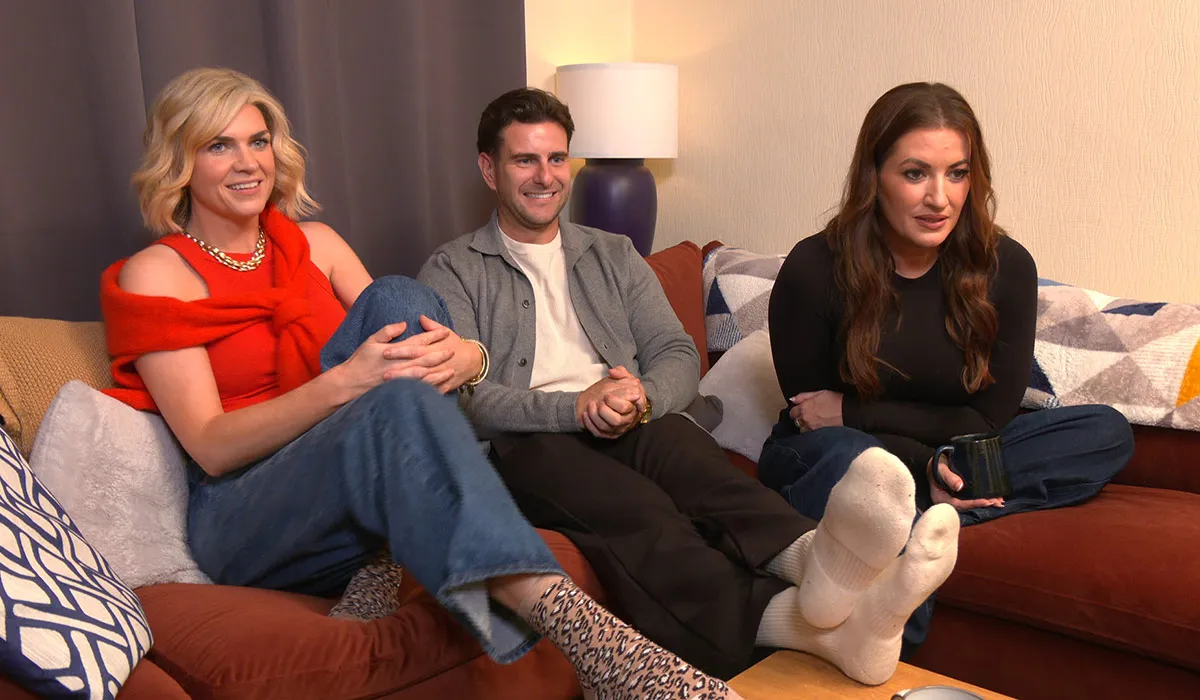By By D.R. Bahlman
Copyright berkshireeagle

At 8:52 a.m. last Friday, an airborne seagull on a food reconnaissance mission about 100 yards off a beach in South Yarmouth suddenly hit its speed brakes, folded its wings and entered a vertical dive.
The bird knifed tail feathers deep into Nantucket Sound and bobbed up seconds later with something, presumably a small fish, in its beak. Climbing to a low altitude, the gull glided to the beach, where it landed and began to dine, casting hostile glances at the few rubbernecking gulls that approached in hopes of sharing the prize. After swallowing the last morsel, the hunter nestled into the warm sand for a nap. A few minutes later, it took off and headed toward Hyannis, where, I imagined, it aimed to savor tasty bits left by hordes of weekending tourists.
While watching the gull, it occurred to me that a diverse range of natural and/or acquired attributes, assets and skills are essential to successful existence in the realm of nutrition acquisition. For the gull, obtaining food requires a sharp eye, aeronautical skills, patience and constant situational awareness. For a superannuated foodie on vacation, a car, a smartphone and a credit card provide the means to travel with ease from soup to nuts at every meal. I’m one of the lucky ones.
Selected entries in my memory’s food diary bespeak a lifetime of freedom from want. An “entry” made in August 1965 aboard a transatlantic liner recalls my first encounter with classic French cuisine. With gusto, I tucked into a serving of duck (canard) a l’orange, a descent into gluttony which I came to regret hours later when the SS France encountered seas heavy enough to rock and roll even that enormous ship.
In late October 1965, following a 9-to-5 day at a school in a London suburb, I regaled my family with rave reviews of the day’s lunch. The main course consisted of a stringy, “gamey” tasting meat, which, at the suggestion of my new school mates, I slathered with mustard. My father, a connoisseur of British cuisine, elicited a detailed description of the meat, particularly its color, which was reddish-brown.
“I’ll bet it was horsemeat,” he said. “Maybe mutton, but I doubt it.”
I decided against making close inquiries at school and continued to consume the mystery meat with pleasure — and a lot of mustard.
Many years later, advancing age, unaccompanied by regular exercise and judicious consumption of food and drink, added considerable weight to my frame. Once again, good fortune and good doctoring saw me through: There’s about 50 pounds less of me to see. This was due in no small part to the use of a prescription drug that will remain nameless here but is distinguished by TV advertising that depicts happy people bursting into song and dancing the tango with cleaning implements and office furniture. (I’ve never been clear on whether the songs and dances are presented in order to boost sales or warn of possible side effects.) My insurance helps pay for the pricey drug.
Statistics underscore my certainty that I’m one lucky foodie: The U.S. Department of Agriculture and other authorities have estimated that 47 million people in America were “food insecure” at some point during 2023.
Causes of food insecurity, which is tantamount to being uncertain as to where the next meal is coming from, include unemployment or under-employment, lack of education and/or awareness of available resources for assistance, disability, chronic illness, limited or nonexistent transportation options and housing insecurity. Causes often interact. For instance, chronic illness can devastate a family’s finances, thus piling poverty atop existing barriers to relief.
Sources of help exist in at least six Berkshire communities: Pittsfield (11), North Adams (2), Great Barrington (2), Lee (1), Lenox (1) and Williamstown (1). Additional information is available from the Food Bank of Western Massachusetts.



